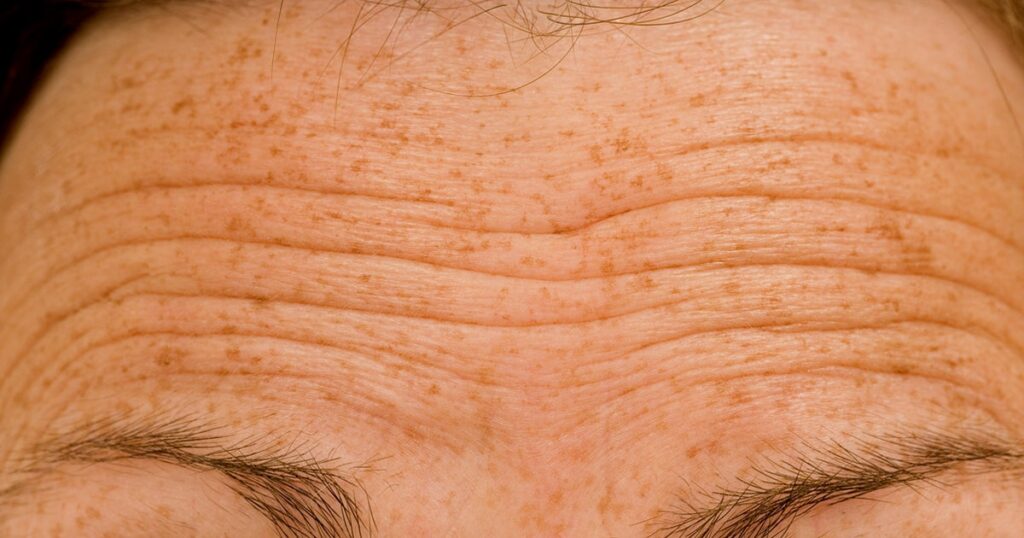
Numerous people find forehead wrinkles disturbing, which is also due to the fact that they can hardly be concealed. The causes of forehead wrinkles are the facial expression taken with the years and also ageing. With Botox against forehead wrinkles, one gets back the natural facial expression and also appears clearly rejuvenated. Botox treatment of forehead wrinkles is only carried out by specialists in plastic and aesthetic surgery here in laderma located at Dearborn.
What are forehead wrinkles?
Forehead wrinkles are lines or creases that appear on the forehead as a result of the natural aging process or repeated facial expressions such as frowning, raising eyebrows, or squinting. These wrinkles can be vertical or horizontal and are usually more noticeable when the forehead is raised or the facial muscles are contracted. Forehead wrinkles can be treated with various cosmetic procedures such as Botox injections, dermal fillers, or laser resurfacing.
What are the causes of forehead wrinkles?
Forehead wrinkles can be caused by a combination of factors including age, genetics, sun exposure, repetitive facial expressions, smoking, and poor skincare habits. As we age, our skin naturally loses elasticity and becomes less able to spring back into place, leading to wrinkles. Genetics can also play a role in how quickly and prominently wrinkles appear. Sun exposure can cause damage to the skin, leading to premature aging and the development of wrinkles. Repetitive facial expressions, such as frowning or raising eyebrows, can cause the muscles to contract and eventually lead to wrinkles. Smoking can also accelerate the aging process and contribute to the formation of wrinkles. Lastly, poor skincare habits, such as not moisturizing or exfoliating regularly, can also contribute to the development of wrinkles.
Botulinum toxin or hyaluronic acid for forehead wrinkles
Both botulinum toxin (Botox) and hyaluronic acid (HA) can be used to treat forehead wrinkles, but they work in different ways.
Botox works by relaxing the muscles that cause wrinkles, whereas HA works by filling in wrinkles and adding volume to the skin. Botox is generally preferred for treating dynamic wrinkles, such as forehead wrinkles caused by repeated muscle movements, while HA is typically better suited for treating static wrinkles, which are present even when the muscles are at rest.
Ultimately, the choice between Botox and HA for treating forehead wrinkles depends on the individual’s unique skin characteristics and the specific nature of their wrinkles. A consultation with a qualified aesthetic practitioner can help determine the most appropriate treatment plan.
How long-lasting is Botox for forehead wrinkles?
The effects of Botox for forehead wrinkles typically last for three to four months, although some people may see results for up to six months. After this time, the muscles gradually regain their movement, and the wrinkles may begin to reappear. To maintain the results, repeat injections are necessary every few months.
